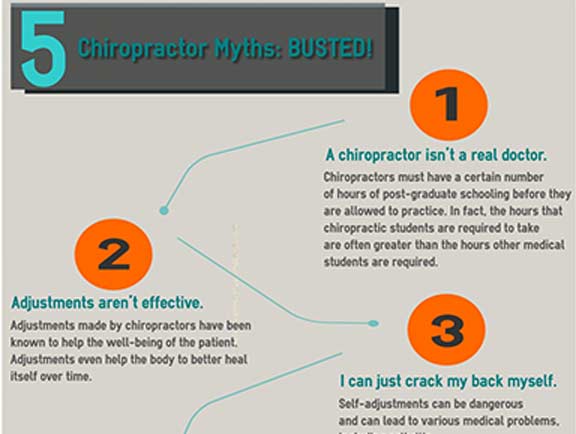The Function Of Stance In Back Pain: Tips For Achieving And Maintaining Good Alignment Throughout Your Day
The Function Of Stance In Back Pain: Tips For Achieving And Maintaining Good Alignment Throughout Your Day
Blog Article
Staff Writer-Kragh McIntyre
Maintaining proper posture isn't nearly staying up directly; it's about straightening your body in a manner that supports your spinal column and minimizes the danger of pain in the back. The way you rest, stand, and move throughout the day can substantially impact your back wellness. But exactly how specifically can you make certain good placement consistently, also during busy days full of various activities? Allow's delve deeper right into the subtle yet impactful adjustments you can make to your everyday routine to keep your back happy and healthy and balanced.
Value of Appropriate Stance
Correct position is critical in preserving a healthy back and stopping discomfort. When you sit or stand with good pose, your back remains in alignment, lowering stress on your muscle mass, ligaments, and joints. This placement permits the body to distribute weight uniformly, stopping too much stress and anxiety on certain areas that can lead to pain and discomfort. By maintaining your back properly straightened, you can likewise improve your breathing and digestion, as slouching can compress organs and limit their performance.
Furthermore, preserving good stance can enhance your overall look and self-esteem. When you stand tall with your shoulders back and head held high, you radiate self-confidence and appear even more friendly. Great stance can likewise make you feel a lot more energized and alert, as it advertises appropriate blood flow and permits your muscle mass to function efficiently.
Integrating appropriate pose right into your day-to-day routine, whether sitting at a workdesk, strolling, or working out, is essential for avoiding pain in the back and advertising total wellness. https://how-long-to-see-a-chiropr06283.mdkblog.com/37864948/uncover-the-tricks-behind-neck-pain-and-just-how-comprehending-cervical-spine-composition-can-help-you-discover-relief in mind, a small modification in how you hold on your own can make a substantial distinction in how you feel and operate throughout the day.
Common Postural Mistakes
When it involves maintaining great posture, several people unconsciously make usual mistakes that can add to pain in the back and pain. Among the most prevalent errors is slumping over or stooping over while resting or standing. This setting puts extreme pressure on the back and can bring about muscle imbalances and pain over time.
Another typical error is overarching the reduced back, which can flatten the natural contour of the spinal column and cause pain. In addition, going across legs while resting may feel comfy, yet it can develop a discrepancy in the hips and hips, leading to postural concerns.
Using a pillow that's too soft or also solid while resting can also influence your positioning and contribute to pain in the back. Finally, constantly craning your neck to consider displays or adjusting your placement frequently can strain the neck and shoulders. Bearing in mind these usual postural blunders can help you keep much better alignment and minimize the risk of neck and back pain.
Tips for Correcting Placement
To boost your positioning and lower neck and back pain, it's necessary to focus on making small changes throughout your everyday regimen. Begin by bearing in mind your posture. When resting, ensure your feet are level on the floor, your back is straight, and your shoulders are loosened up. Prevent slouching or leaning to one side. Use ergonomic chairs or paddings to support your reduced back.
When standing, disperse your weight evenly on both feet, keep your knees a little bent, and embed your pelvis. Engage your core muscle mass to support your back. Take lower back pain female to stretch and walk around if you have a sedentary work. Include workouts that strengthen your core and back muscles, such as planks or bridges.
While resting, make use of a pillow that supports the natural contour of your neck to preserve proper spine positioning. Prevent sleeping on your belly, as it can strain your neck and back. By bearing in mind these pointers and making small adjustments, you can gradually correct your placement and minimize back pain.
Final thought
Remember, maintaining great pose is essential to avoid neck and back pain and advertising spinal health. By being mindful of your alignment, distributing weight uniformly, and engaging your core muscles, you can minimize pressure on your back and decrease the risk of discomfort and injury. Incorporate ergonomic support, take normal breaks to extend, and reinforce your core and back muscles to keep proper alignment throughout the day. lower back discomfort will certainly thank you for it!
